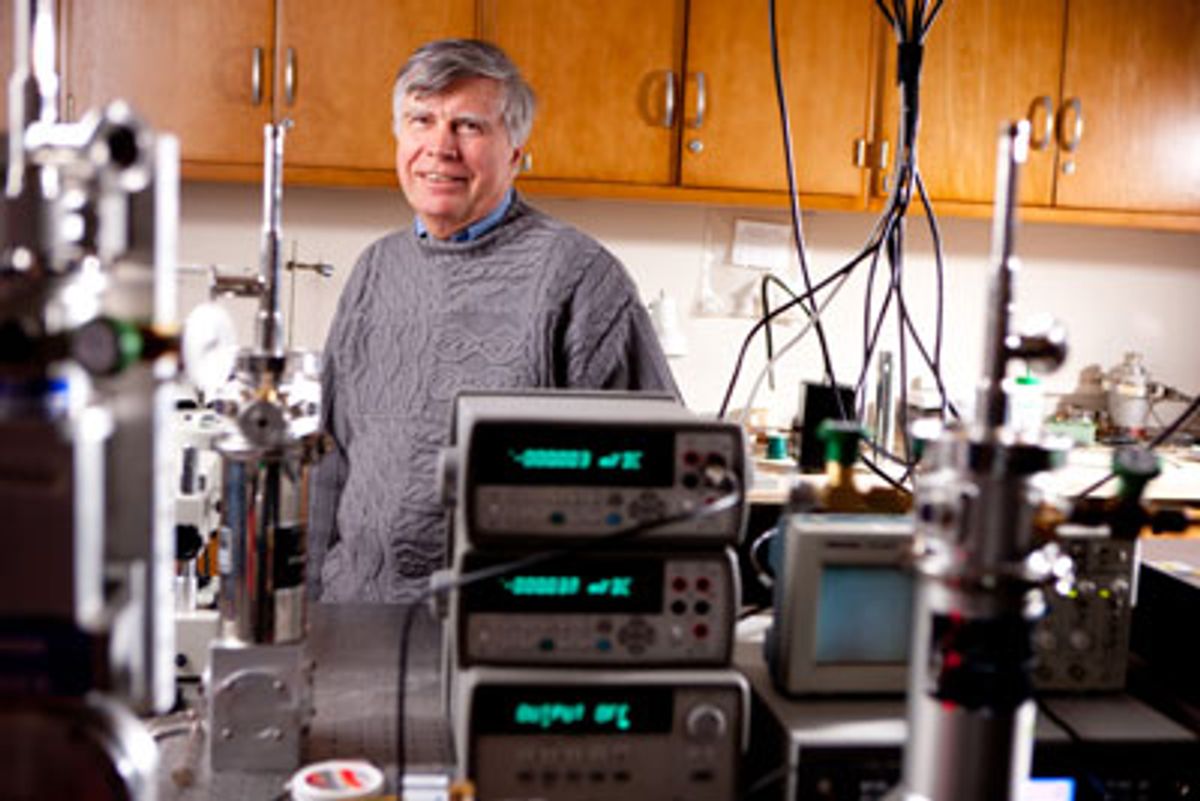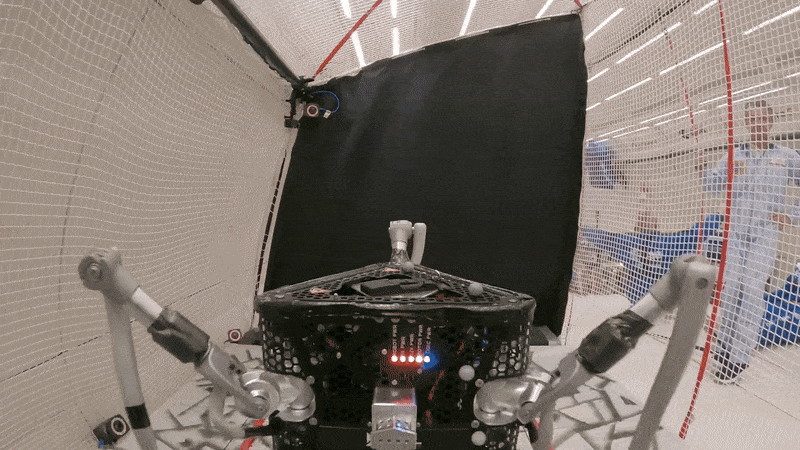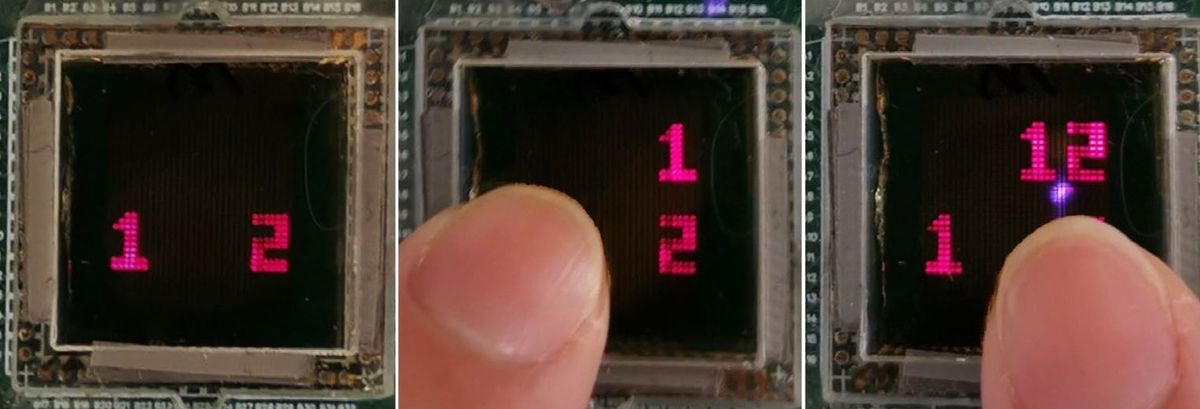When you see 45 percent energy conversion efficiency for solar cells, you stop and take notice.
The story of nanotechnology in solar cells over the last decade has often been about pushing energy conversion efficiency higher and higher while dragging prices lower and lower. It hasn’t always been easy to sustain that dual-pronged attack.
Certainly, quantum dots have been looked at by researchers in this area as a possibility for achieving high conversion efficiency at a lower cost.
The research, which was originally published in the ACS journal Nano Letters last May, used selective doping of some of the quantum dots so they have a built-in charge that repels incoming electrons. This in turn forces the electrons to travel around the quantum dots.
As the abstract explains: “We found that the quantum dots with built-in charge (Q-BIC) enhance electron intersubband quantum dot transitions, suppress fast electron capture processes, and preclude deterioration of the open circuit voltage in the n-doped structures. These factors lead to enhanced harvesting and efficient conversion of IR energy in the Q-BIC solar cells.”
The three University of Buffalo researchers behind this work—Vladimir Mitin, Andrei Sergeev and Nizami Vagidov—have spun-out a company called Optoelectronic Nanodevices LLC that presumably will attempt to commercialize this technology.
Dexter Johnson is a contributing editor at IEEE Spectrum, with a focus on nanotechnology.




